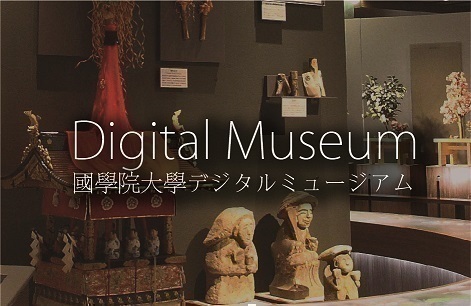- トップ
- Encyclopedia of Shinto
- Yoshi no hōbeishi
Encyclopedia of Shinto
| Main Menu: | |
| Links: |
詳細表示 (Complete Article)
| カテゴリー1: | 3. Institutions and Administrative Practices |
|---|---|
| カテゴリー2: | The Emperor |
| Title | Yoshi no hōbeishi |
| Text | On the occasion of the sokui (imperial accession), the Daijōsai, and the emperor's genpuku (Coming-of-Age Ceremony) extraordinary hōbei (offerings) called Yoshino hōbei were sent to the Grand Shrines of Ise (Ise Jingū) and other shrines to announce impending court ceremonies and their dates. The yoshi no hōbeishi was the envoy for this. Broadly speaking, the yoshi no hōbeishi was one type of imperial messenger (hōbeishi). Traditionally, only those surnamed Ō, Nakatomi, Inbe, and Urabe (the shisei no tsukai) were appointed as hōbeishi. At first, only the Grand Shrines of Ise received the yoshi no hōbeishi, but after the reign of Emperor Ichijō (r. 986-1011) the Iwashimizu and both Kamo Shrines also received this envoy. The first recorded instances of yoshi no hōbeishi occurred at the following times: on the occasion of an imperial accession in 758; for the Daijōsai in 808, and for the Coming-of-Age Ceremony in 863. After the Ōnin Disturbance (1467-77), an envoy was no longer sent to announce the Daijōsai. However, during the Edo period (1600-1868) many court ceremonies were revived and the yoshi no hōbeishi was one of these. See alsoHōbei , Hōbeishi — Inoue Nobutaka |




